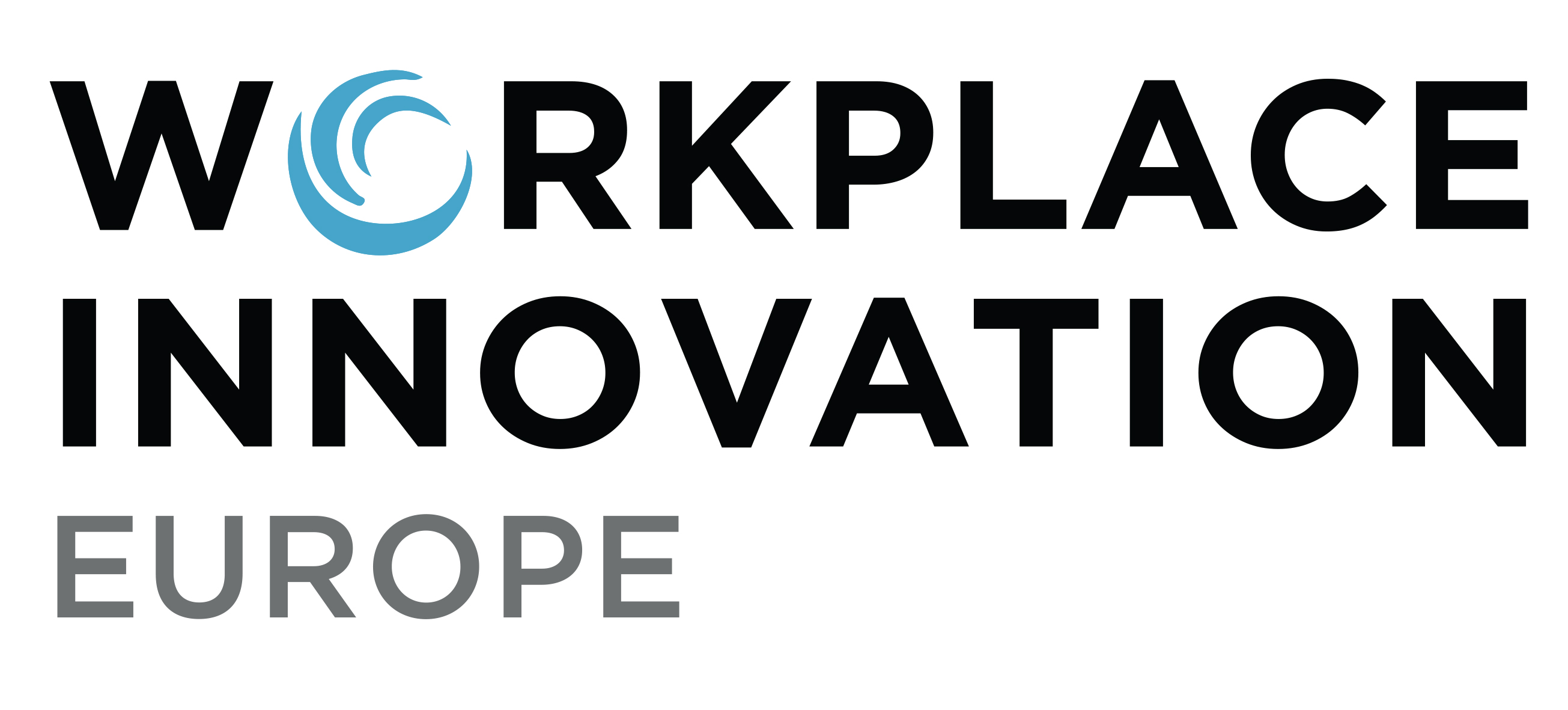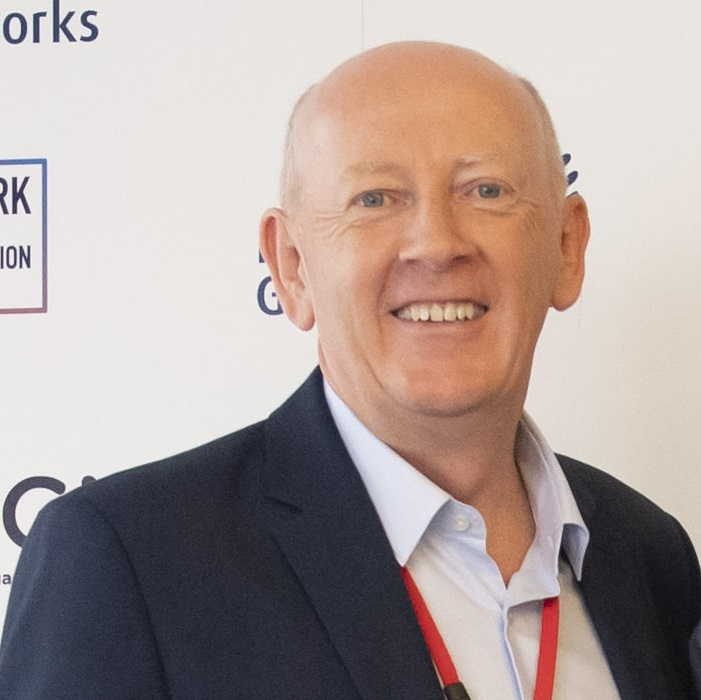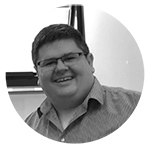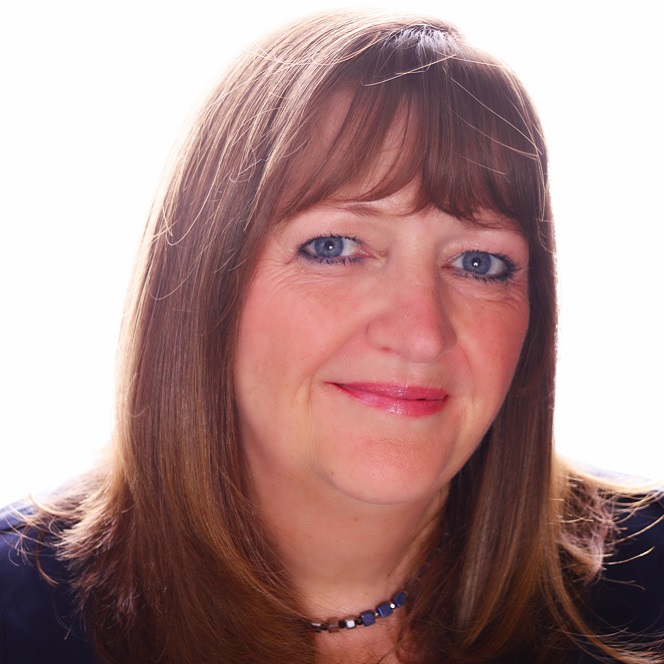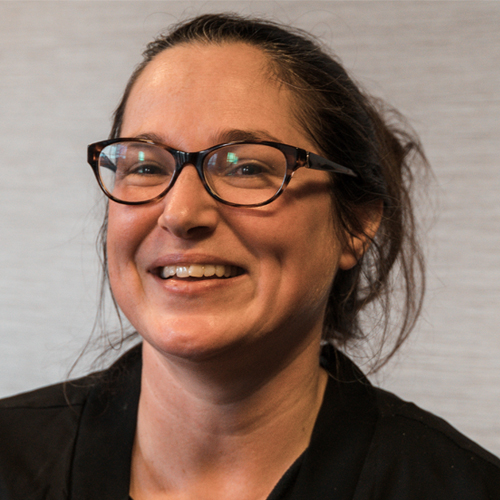Physician, heal thyself
Handling change in your business
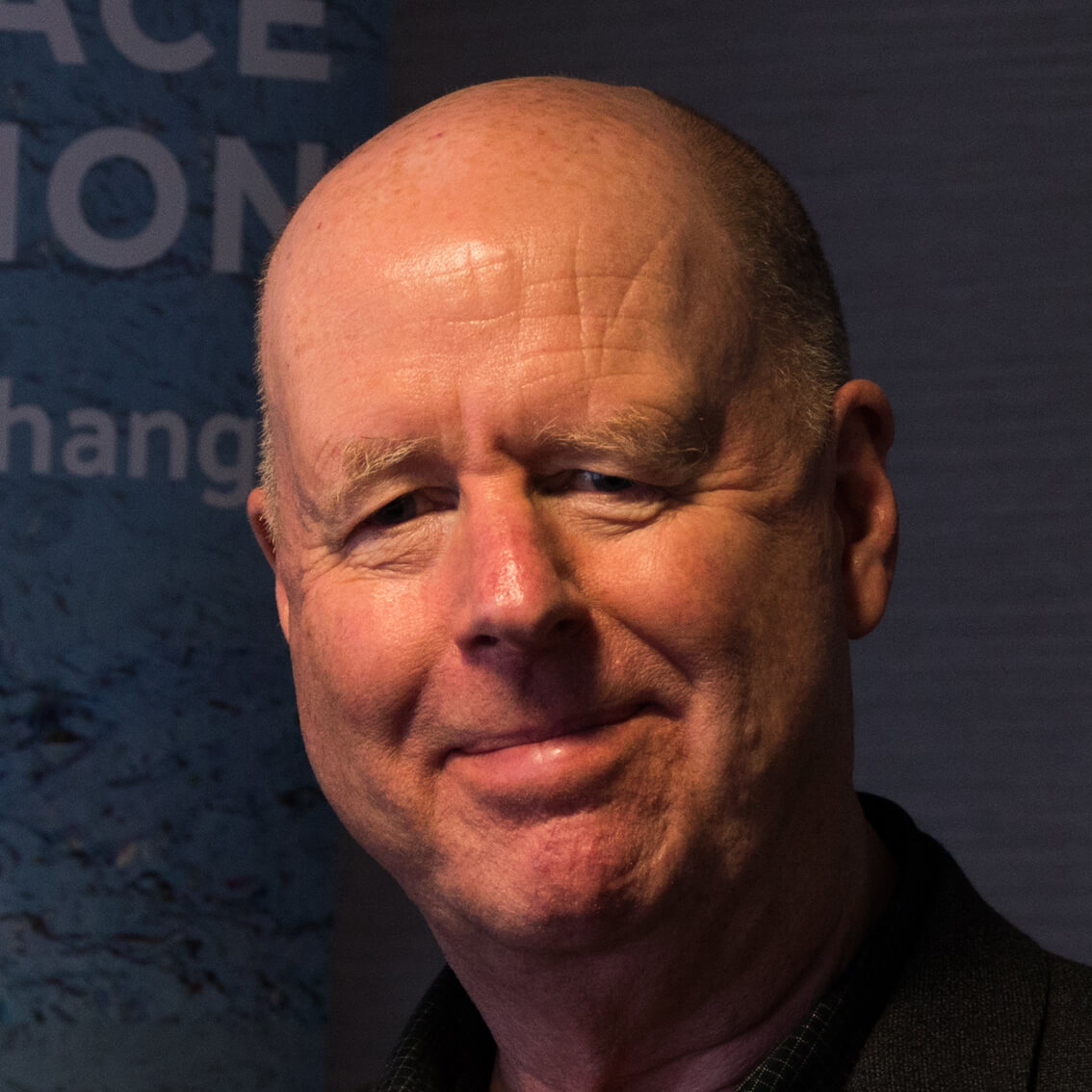
Peter Totterdill
Workplace Innovation Europe CLG
All but the die-hard traditionalist would agree that how we organise work, how we make decisions and what roles we play in the workplace are going to change, and will look very different in the future. Our challenge is to anticipate those changes and make them work for us.
In order to do that, we must understand what is working well in a business and what is not, so that we can have a clear plan of what to change based on an achievable vision that helps us meet future demands. If the business was a patient, we would need a diagnosis.
A doctor needs to understand all the symptoms experienced by a sick ill patient so they can provide the correct treatment. Where a person is healthy, there is little benefit in providing intense medical care or intrusive surgery. When someone is ill, medical practitioners must get to the root cause in order to provide the right treatment. Treating ailments with the wrong medications can be very dangerous.
Much the same can be said of organisations, although few people in business are trained like doctors to identify the causes of failure or malfunction. Where they can’t see what’s working and what’s not, it’s hard to know what to do about problems.
Asking the workforce is a good start, but what you ask and how you ask it is crucial. Employment engagement surveys are now a common management tool to gauge the morale of the workforce, providing an opportunity for employees to express their opinions on various areas of an organisation’s performance. This can be a useful tool, especially in the ‘what’s not working’ department.
Yet in providing a snapshot, a moment-in-time summary, they too often miss the opportunities for more fundamental and sustainable change.
Worse still, they can be counterproductive if employees think that their responses are not being listened to, that their suggestions are not being actioned, and that management is not telling them why. That’s the perfect storm for a truly disengaged workforce.
Most would agree that where employees are fully engaged, and not only sign up to the organisation’s aims and objectives but actively participate in the process of continuous improvement, then all the boxes from job satisfaction, high performance and well-being at work will be ticked. Conversely, disengaged workers will contribute to confrontational relationships, discontent in the workplace and high levels of absenteeism and personnel turnover. And they’d be right, though it’s not rocket science to work that out.
So if employee engagement surveys alone are not the answer, where do business leaders who are looking to change what they perceive as organisational malfunctions, or to reverse missed opportunities and inspire their employees, turn in order to ’heal themselves’?
One proven option is to apply the Workplace Innovation Diagnostic®, a unique, confidential, independently administered, on-line employee survey designed not only to assess a broad spectrum of workplace practices and experiences using evidence-based indicators but to provide a roadmap towards shaping business performance and quality of working lives. It helps organisations to critically assess existing practice and offers a resource to stimulate and inform sustainable change.
Respondents are asked to identify the workplace descriptions that most closely reflect current practices in their organisations over four categories – jobs and teams; structures, management and procedures; employee driven improvement and innovation; and co-created leadership and employee voice. It also highlights practices that affect mental health and wellbeing across your selected criteria. You can add your own themed questions or to reference to previous surveys, and the free text Comments gives opportunities for feedback and ideas.
In short, it allows employers to see what good and ‘heal’ what’s not and to do something positive about it in terms of planning for the future.
And it works – and this is what they say:
